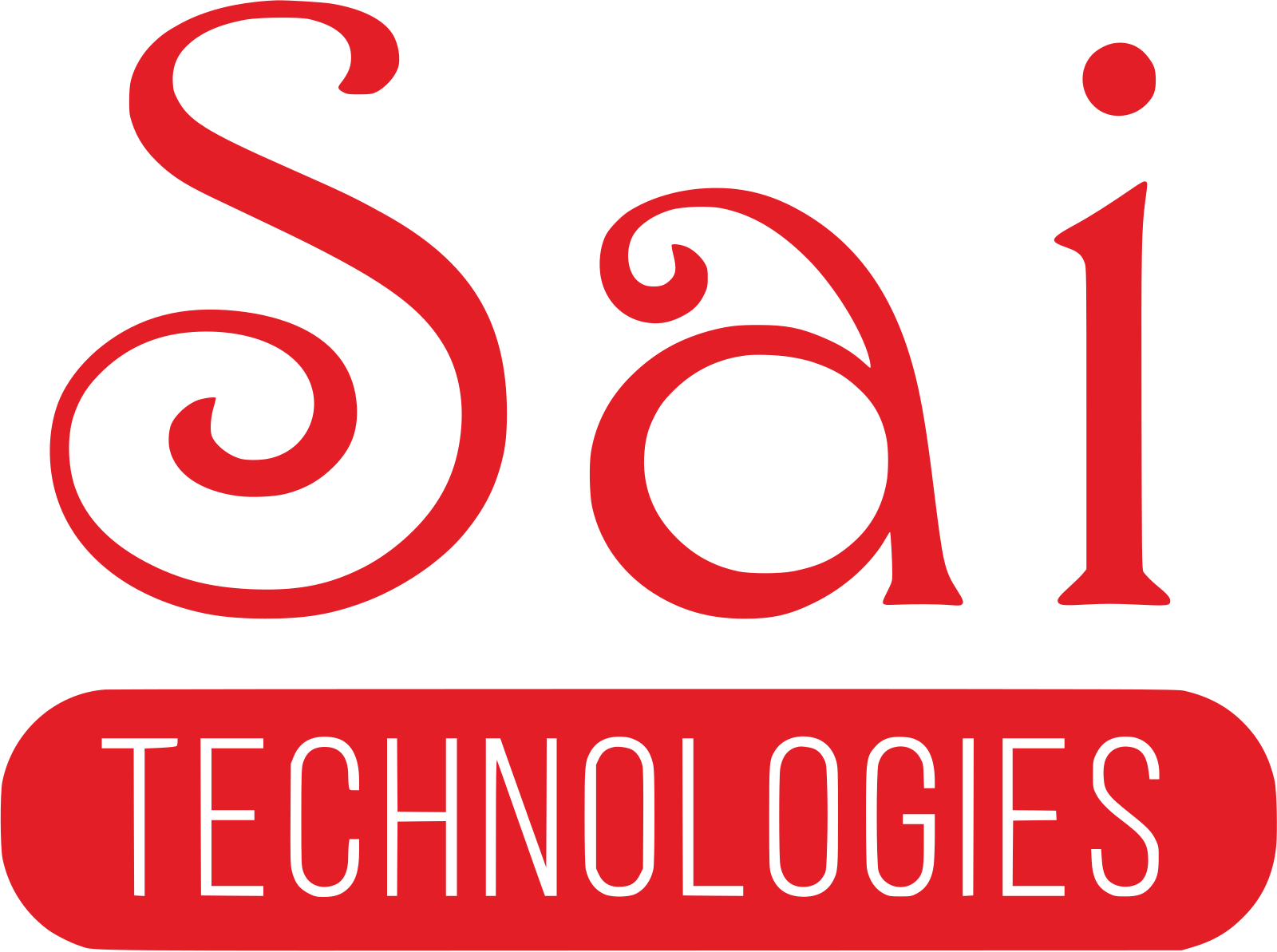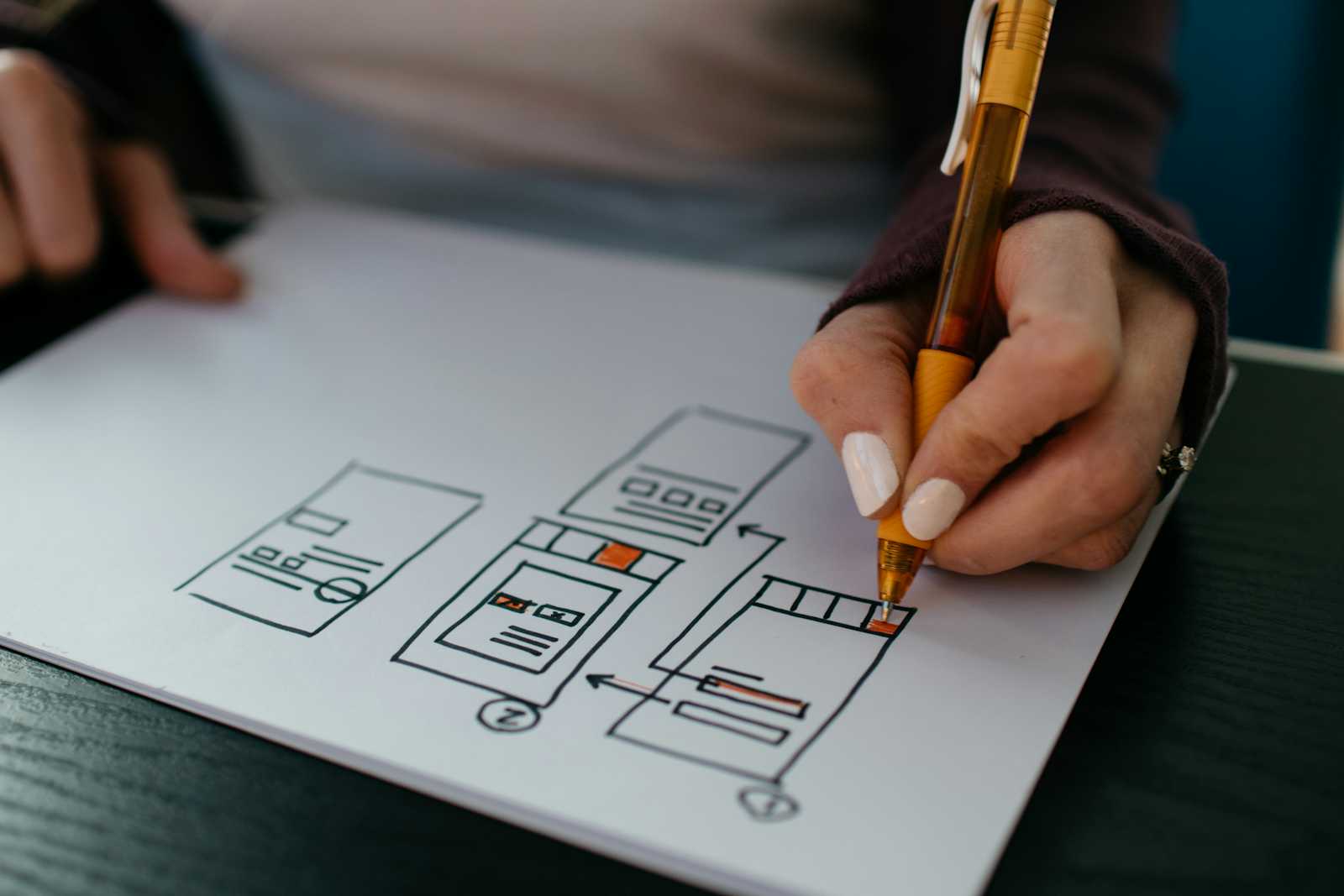UI/UX Design's Power of Microinteractions
 Sai Technologies
Sai Technologies
When it comes to UI/UX design, the little things frequently have the biggest effects. Microinteractions are the tiny sounds, animations, and visual signals that add just the right amount of life to digital encounters, taking them from useful to enjoyable. Despite their seeming insignificance, these Microinteractions are vital for improving usability, directing user behavior, and stimulating engagement. Let's examine the importance of Microinteractions and the ways in which they might improve user experience.
What are Microinteractions?
The subtle interactions that take place in a digital interface as a result of user activities are known as Microinteractions. They might be as basic as a button that changes color as the user hovers over it or as intricate as an animation that loads and keeps users entertained while they wait. Microinteractions accomplish a number of objectives, such as offering feedback, displaying system status, assisting users with tasks, and bringing personality to the interface.
The Value of Small-Scale Exchanges
Microinteractions provide consumers with instant feedback and confirmation that their actions have been seen. This feedback loop makes the user feel more confident and less hesitant, which makes the experience more fluid and intuitive.
Guidance and Instruction: By emphasizing crucial components, showcasing functionality, and indicating the next steps, Microinteractions can help users navigate challenging tasks. By means of delicate animations
Enhanced Engagement: Well-planned Microinteractions have the ability to enthrall users and produce joyful moments. Small touches like a pleasing sound effect or a lighthearted animation make a big difference in the user experience by making the consumer feel more emotionally connected to the product.
Brand Personality: Microinteractions give the interface a chance to include personality and brand identification. Every interaction, from the selection of animations to the tone of error messages, reflects the values and personality of the business, helping to set it apart from rivals and create a distinct identity in the eyes of consumers.
Optimal Techniques for Microinteractions Design:
Hold onto it Subtle: Microinteractions should improve the user experience rather than complicate it. Steer clear of distracting or too animated elements that could impede usability.
Put Functionality First: Make sure that each microinteraction has a distinct function and enhances the interface's overall usefulness. Every sound or animation should have a significant effect on how the user interacts with the product.
Keep Things Consistent: To develop a unified and simple-to-use interface, establish a common design language for all microinteractions. Maintaining consistency enhances usefulness and fosters familiarity.
Evaluate and Rework: To assess if microinteractions are effective, test their usability and make necessary iterations depending on user feedback. It is important to constantly improve and optimize interactions in order to enhance the user experience as a whole.
In user interface design, microinteractions—tiny yet powerful animations, noises, and visual cues—are the unsung heroes. They take the standard user experience to a whole new level by drawing in users, giving them constructive criticism, and skillfully navigating them through interactions. In order to fully realize the potential of microinteractions, designers need to utilize the best practices that guarantee efficiency, usability, and visual appeal.
Setting utility above flair is a crucial design strategy for Microinteractions. Though visually striking animations could initially impress users, they can rapidly get boring if they interfere with functionality or divert attention from the work at hand. Whether the goal of a Microinteractions is to guide users through a workflow, provide feedback, or indicate system status, designers should concentrate on developing clear and useful Microinteractions.
Keeping everything consistent in between Microinteractions is another crucial strategy. Maintaining consistency in the interface allows users to quickly become comfortable with and predict how various parts will behave and interact with one another. For Microinteractions, designers should create a unified design language that incorporates standardized animation techniques, timing, and visual cues. This guarantees a smooth and easy-to-use interface, allowing users to concentrate on completing activities without being distracted by strange or irregular interactions.
Designers should also employ testing and user input to iteratively improve Microinteractions. Through usability testing, designers can find problems and get ideas for future work, as well as assess how well microinteractions work in practical situations. Designers may improve microinteractions by addressing user needs, preferences, and behavior through iteration by incorporating user feedback into the design process.
Seamless Integration with User Flow: A key strategy for designing Microinteractions effectively is to incorporate them into the user flow as a whole. Microinteractions, which direct users through tasks and offer feedback at important touchpoints, should enhance the user journey. It is the responsibility of designers to recognize when in the user flow to add Microinteractions that improve usability and engagement. Designers may produce a coherent, user-friendly interface that is easy to traverse by skillfully incorporating Microinteractions into the user experience.
Conclusion
In summary, even though Microinteractions are little, their influence on the user experience is substantial. Interface designers may make interfaces that are not just functional but also engaging, intuitive, and full of personality by adding subtle animations, noises, and visual signals. Take use of Microinteractions to improve your UI/UX design and create a memorable user experience.
Subscribe to my newsletter
Read articles from Sai Technologies directly inside your inbox. Subscribe to the newsletter, and don't miss out.
Written by

Sai Technologies
Sai Technologies
Sai Technologies offers comprehensive IT services including software development, web design, and mobile app development, delivering cutting-edge solutions to empower businesses. Their expertise also extends to digital marketing strategies, ensuring clients achieve maximum online visibility and growth provides customized software solutions tailored to meet specific business requirements, optimizing processes and enhancing efficiency.